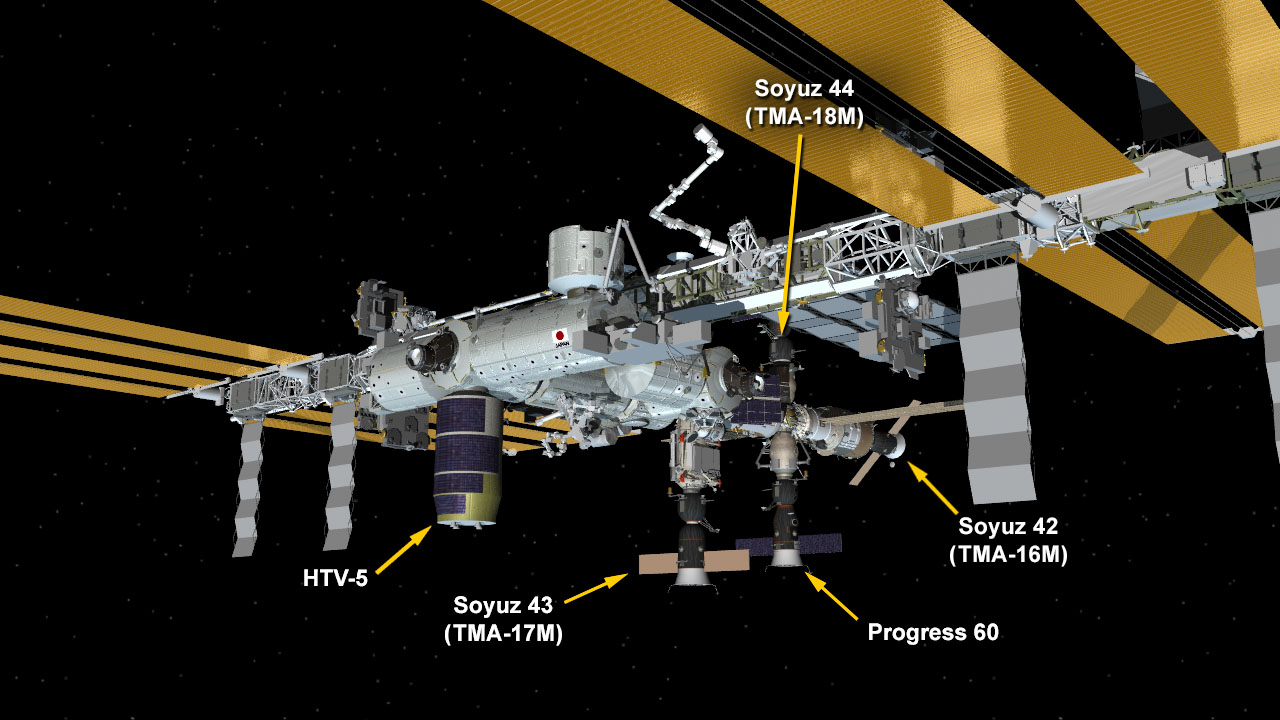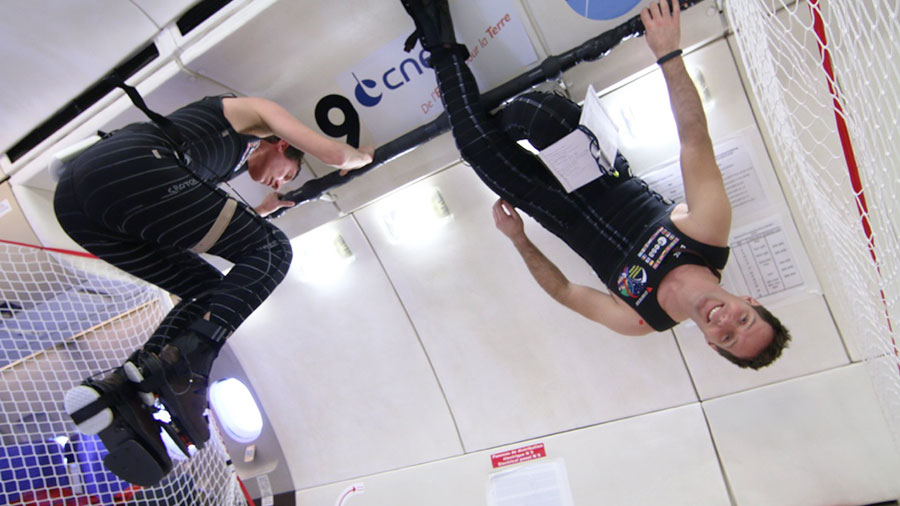
The Soyuz TMA-18M vehicle docked to the International Space Station’s Poisk module at 3:39 a.m. EDT, above eastern Kazakhstan.
Aboard the space station, Expedition 44 Commander Gennady Padalka of Roscosmos, as well as Flight Engineers Scott Kelly and Kjell Lindgren of NASA, Flight Engineers Oleg Kononenko and Mikhail Kornienko of Roscosmos, and Kimiya Yui of the Japan Aerospace Exploration Agency (JAXA) will welcome Soyuz crew members Sergey Volkov of Roscosmos, Andreas Mogensen of ESA (European Space Agency) and Aidyn Aimbetov of the Kazakh Space Agency when the hatches between the two spacecraft are opened.
Watch the hatch opening and welcome ceremony live on NASA TV beginning at 5:45 a.m.: https://www.nasa.gov/nasatv.
This Soyuz flight carries with it equipment to be used in research investigations planned aboard the orbiting laboratory. One item, the European Space Agency’s (ESA) Skinsuit, will help astronauts counteract potential back problems in microgravity. Some astronauts’ spines have been shown to lengthen as much as 7 cm in weightlessness, which can cause pain. The Skinsuit resembles overalls that are specially designed to simulate gravitational forces from Earth to constrict the body from shoulders to feet. ESA astronaut Andreas Mogensen will test the suit for the first time in space as part of his space station mission.

Testing this clothing item in space may help astronauts with any back pain they experience on long-duration missions. Further, the Skinsuit has potential use for older adults with spine issues and people suffering from low-back pain on Earth. It also could be used as a support item for people with conditions like cerebral palsy, a disorder affecting movement, muscle tone and/or posture.
Several investigations aboard the space station employ dosimeters to gather information about space radiation to manage exposure and provide protection to crew members, and more dosimeters are traveling to the station on this Soyuz. The Area Passive Dosimeter for Life-Science Experiments in Space (Area PADLES) investigation helps researchers collect data to design radiation monitoring equipment for astronauts. This knowledge may improve design for spacecraft structures that shield internal occupants from radiation. Scientists also may use the data to develop protection devices for people who work in medical or industrial areas with potential radiation exposure.
